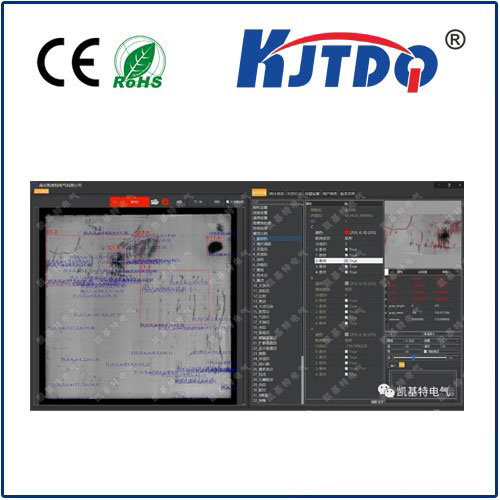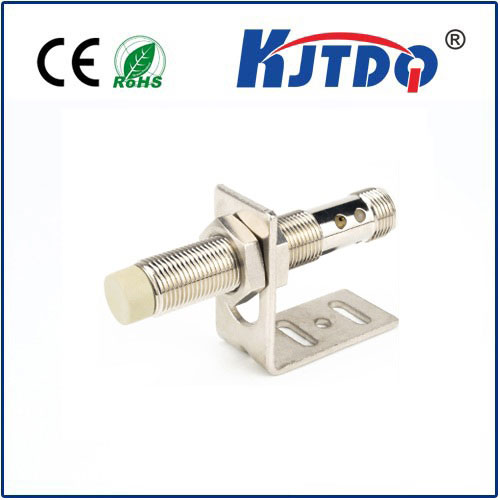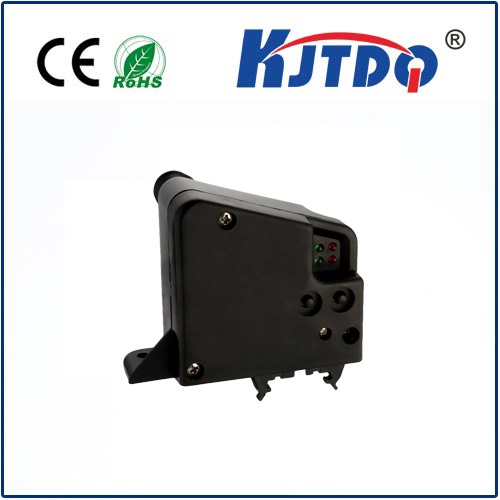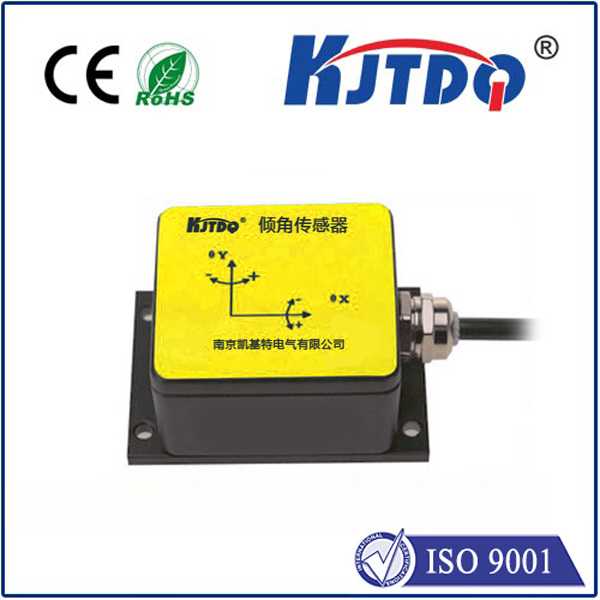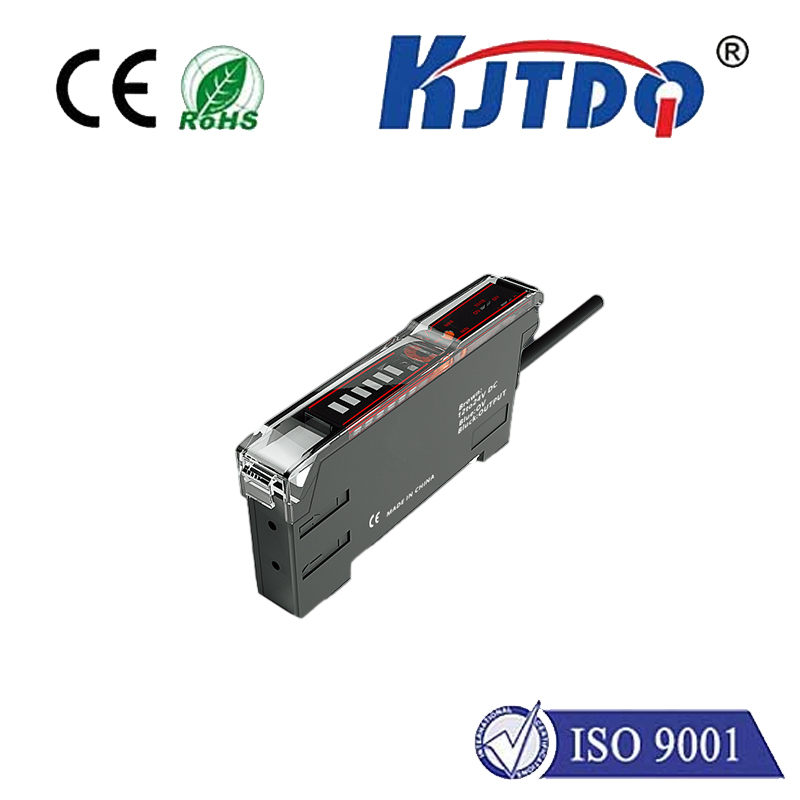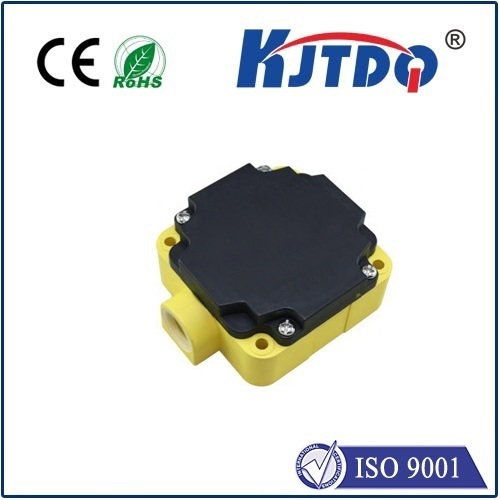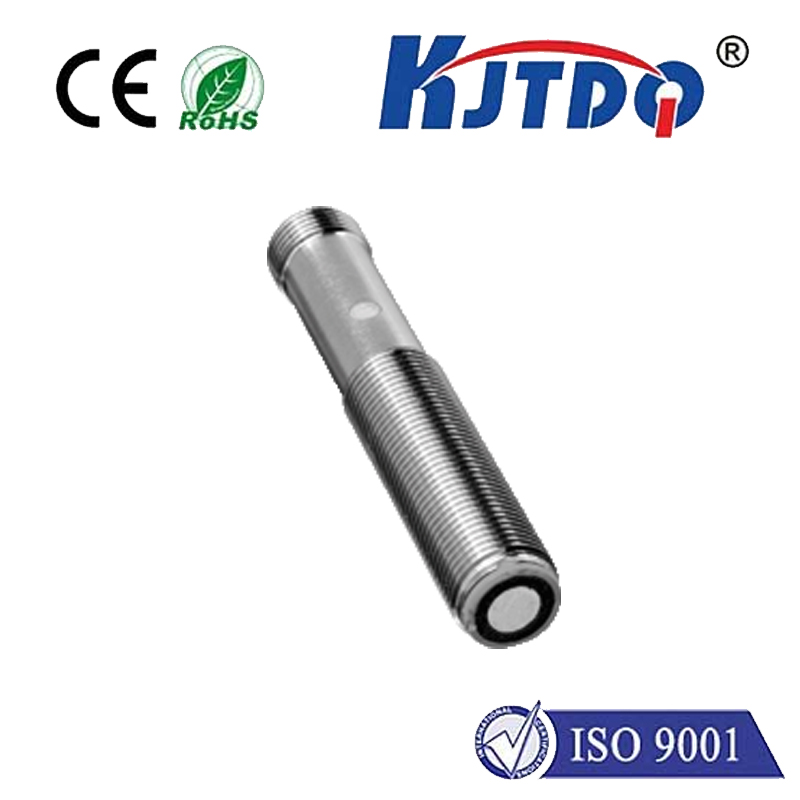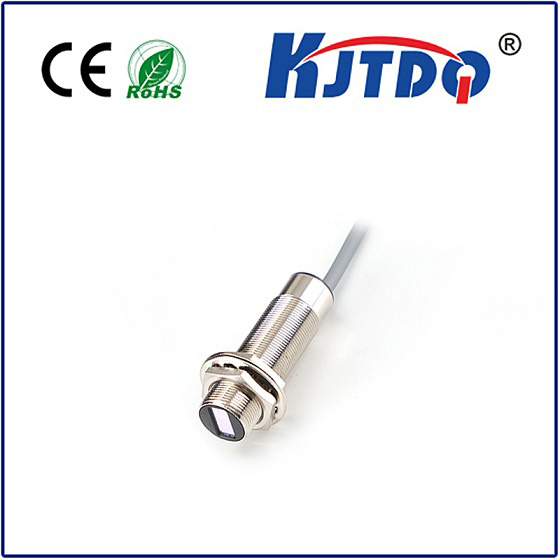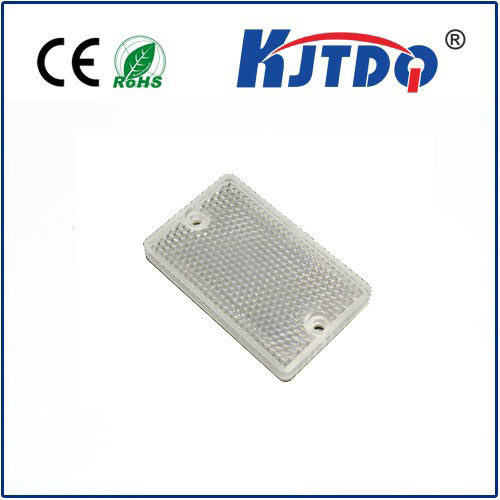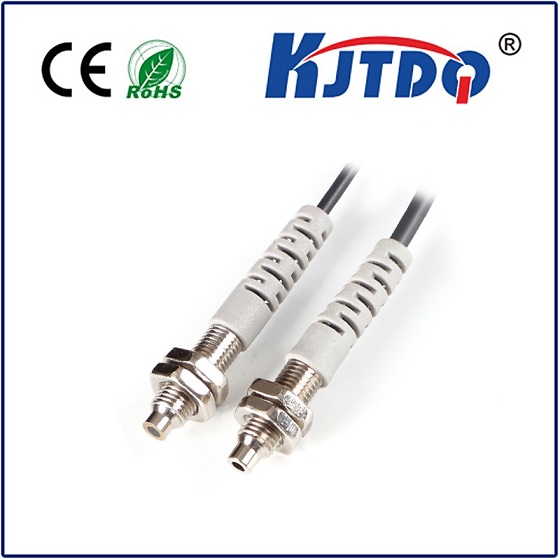
check

check

check

check
Title: Understanding the Working Principles of a normally closed limit switch
Introduction
A normally closed (NC) limit switch is an essential component in various industrial and electronic systems. Its primary function is to control the movement of a mechanism or device by providing a signal to the control system when a certain threshold has been reached. In this article, we will explore the working principles of a normally closed limit switch, its types, and applications.
Working Principles
A normally closed (NC) limit switch consists of two contacts - one contact for the switch'sNormally Open (NO) state, and another for the switch'sNormally Closed (NC) state. The NO contact is typically connected to the power source, while the NC contact is connected to the mechanism or device being controlled. When the switch is in the NC state, there is no electrical path between the NO and NC contacts. However, when the switch is pushed or rotated, it opens the path between the NO and NC contacts, allowing current to flow from the power source through the circuit and into the mechanism or device. This flow of current triggers the control system to send a signal, such as a pulse or voltage change, to the mechanism or device to initiate its operation.
Types
There are several types of normally closed limit switches available on the market, each with its specific features and application requirements. Some common types include:
1. Mechanical Limit Switches: These are simple devices consisting of a lever or disc that contacts a spring when pushed or rotated past its reset point. They are commonly used in applications where precise positioning and minimal motion are required.
2. Photoelectric Limit Switches: These switches use light emissions or absorption to detect when a mechanism has contacted its limit. They are highly accurate and reliable but can be affected by ambient light conditions.
3. Electromagnetic Limit Switches: These switches use electromagnetic fields to detect contact closures and provide fast and reliable feedback to the control system. They are commonly used in high-speed applications where precise positioning and minimal motion are required.
Applications
Normally closed limit switches have numerous applications in different industries, including manufacturing, automotive, aerospace, and robotics. Some of their common uses include:
1. Positioning and Guidance Systems: Limit switches are often used to guide mechanisms such as robots and machines to specific positions within a workcell or factory floor.
2. Motion Control Systems: In applications where precise motion is required, such as CNC machining or laser cutting, limit switches can be used to trigger automated processes or feedback to the control system.
3. Load Monitoring Systems: Limit switches can be used to monitor the position and status of heavy machinery or equipment, helping operators to maintain optimal performance and prevent accidents.
Conclusion
In conclusion, a normally closed limit switch is a critical element in various industrial and electronic systems due to its ability to provide precise feedback and control over mechanical movements. With its diverse range of types and applications, a properly selected and installed NC limit switch can improve efficiency, safety, and overall performance in any given system.
